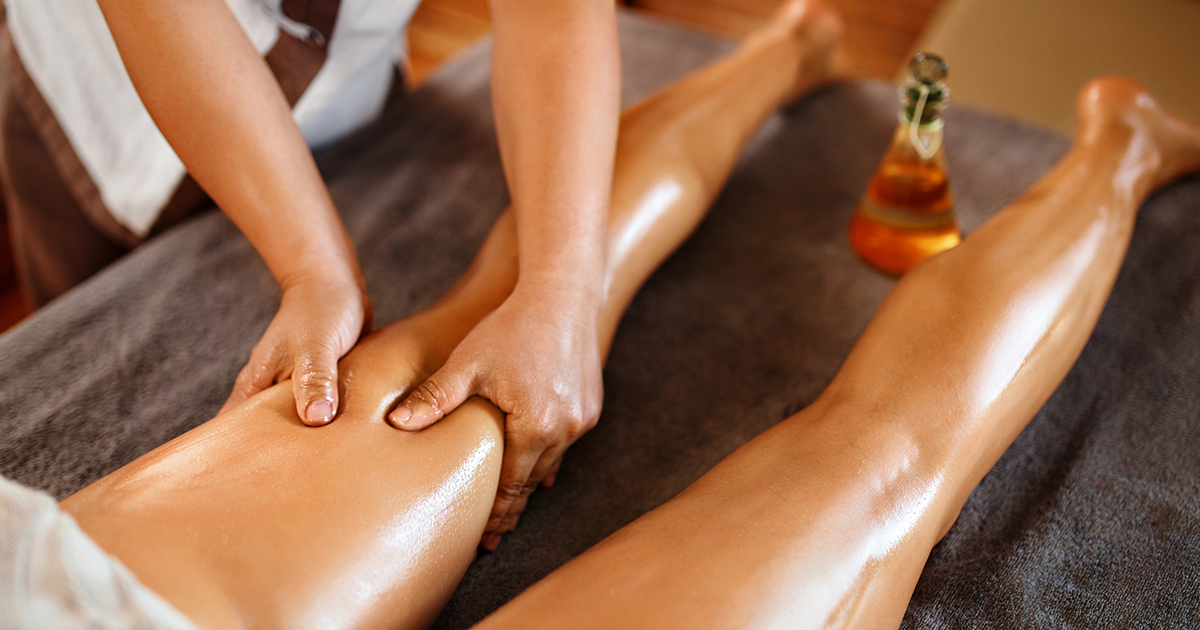Treatments Options for Iliotibial Band Syndrome
Iliotibial band syndrome is a common injury among those who do repetitive motion sports like runners, cyclers, hikers, and distance walkers. It happens when the iliotibial band, a tendon that connects the hip to the tibia, gets compressed into the thigh muscles and creates friction in the knee area. Factors contributing to this condition are running on uneven ground, not properly warming up before workouts, improper stretches, worn out shoes, and when one limb is shorter than the other. Proper form while running or cycling is essential to avoid the pain of iliotibial band syndrome. The pain can be a mild annoyance, or it can be severe and make it hard to walk. Often treatment includes a hiatus from the activity causing it.
RICE Treatment

RICE Treatment stands for Rest, Ice, Compression, and Elevation. Rest from whatever activity or sport is causing the condition. Taking time off is important to allow the body to heal without re-injuring it. Icing the outside of the knee will relieve swelling and inflammation of damaged tissue. Compression involves wrapping the knee with sports tape or braces when one must use it. This will also help to reduce swelling and improve stability. Elevation reduces the blood flow to the injury keeping swelling, inflammation, and pain at bay. This type of treatment is most effective when all aspects of it are followed by each other.
Get to know the next iliotibial band syndrome treatment option now.
Stretching

Stretching properly before and after a workout can help to prevent iliotibial band syndrome. Once injured, it is a necessity to ease the pain of it. Since the iliotibial band is a tendon and not a muscle, it cannot actually be stretched itself. One must stretch the muscles surrounding it such as the glutes and hip muscles. These muscles control the movement of the leg and tilt of the ilia. This helps to keep the body in proper alignment during workouts and eliminates the iliotibial band from pressing on the knee area. Daily stretching is recommended with iliotibial band syndrome.
Keep reading for more options for treating this condition.
Massage

Since iliotibial band syndrome is caused by the iliotibial tendon becoming compressed to the thigh muscles, deep tissue massage can be effective at releasing it. A therapist will focus on deep muscles and connective tissue, beginning slowly with light pressure. Eventually, they will work up to deeper pressure with long, smooth strokes to the muscle fibers surrounding the iliotibial band. This process is called 'stripping.' Next, the therapist will go against the grain of the tissue to help release the band’s compression. This action is called 'friction.' This may be uncomfortable, but pain and soreness should subside in a few days.
Get to know another treatment method for iliotibial band syndrome now.
Use Of Foam Rollers

Use of foam rollers can help to release the iliotibial band. Foam rollers come in many different cylindrical sizes and look similar to a rolling pin without handles. Some have ridges and bumps along the roller to assist with massaging. They are made of hard foam and are a convenient way for one to massage oneself. Foam rolling can be very painful considering the iliotibial band is full of nerve endings. Should the pain become too intense, it is important to quit to avoid further injury. To foam roll the band, one places the roller on the floor and lies with the iliotibial band on top of it. Then one simply rolls the foam roller down the hip to the knee. Repeat these steps for the hamstrings and glutes to assist in releasing the iliotibial band.
Uncover more treatments for iliotibial band syndrome now.
Shoe Orthotics

Since iliotibial band can be caused by overpronating, or the foot rolling inward as it hits the ground, shoe orthotics can help. Overpronation of the foot causes the hips to roll out of alignment leading the iliotibial band to compress. Wearing shoes made for overpronating feet can help individuals keep their bodies properly aligned. These shoes tend to have more support on the inside heel area. Cups that support the heels can be inserted into most running shoes as well. Orthotics can be made to even up differing leg lengths as well as for those who are bow-legged, both contributing factors of iliotibial band syndrome.